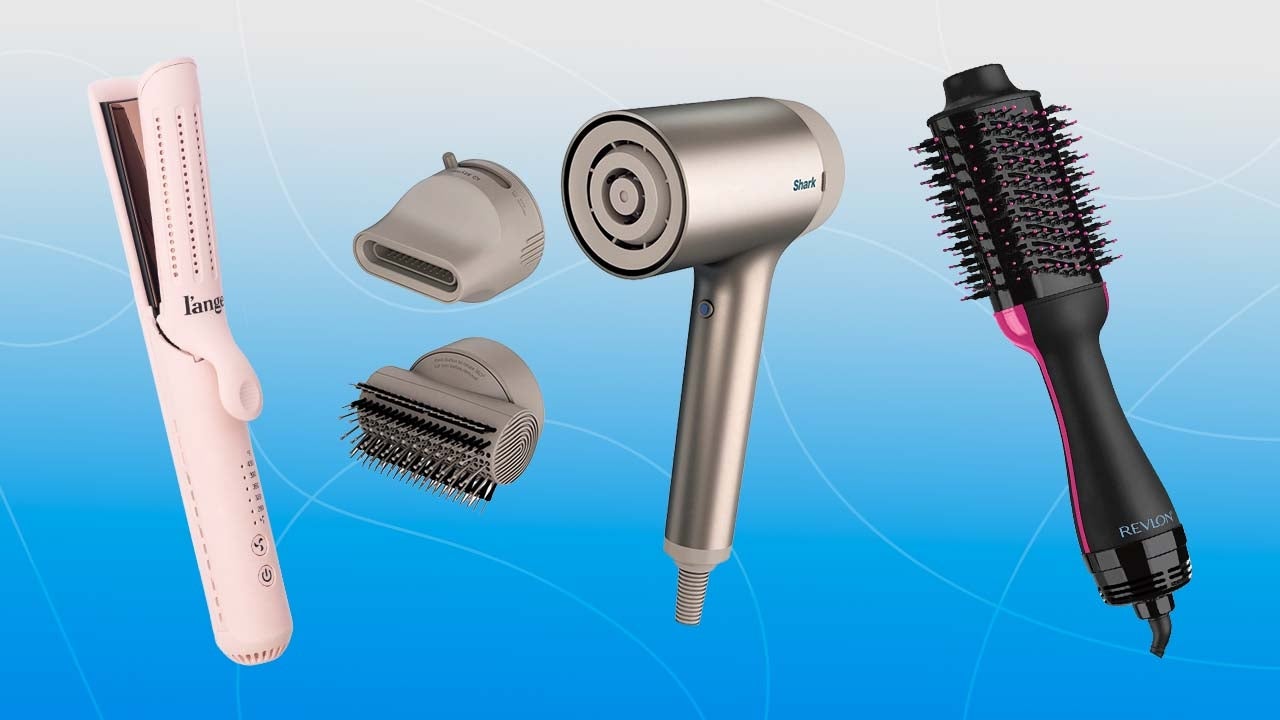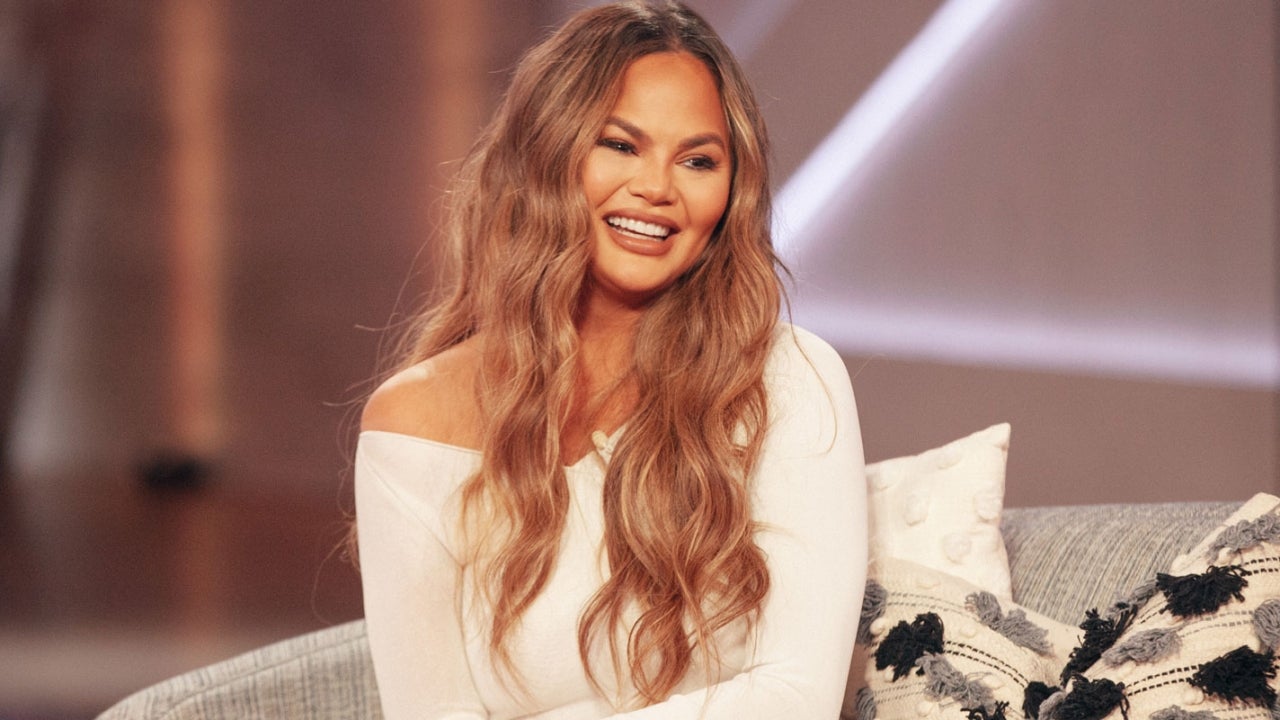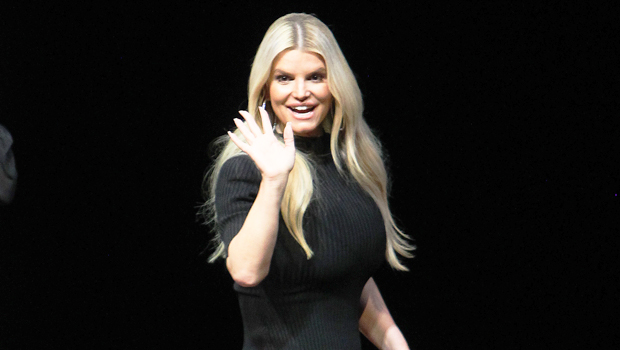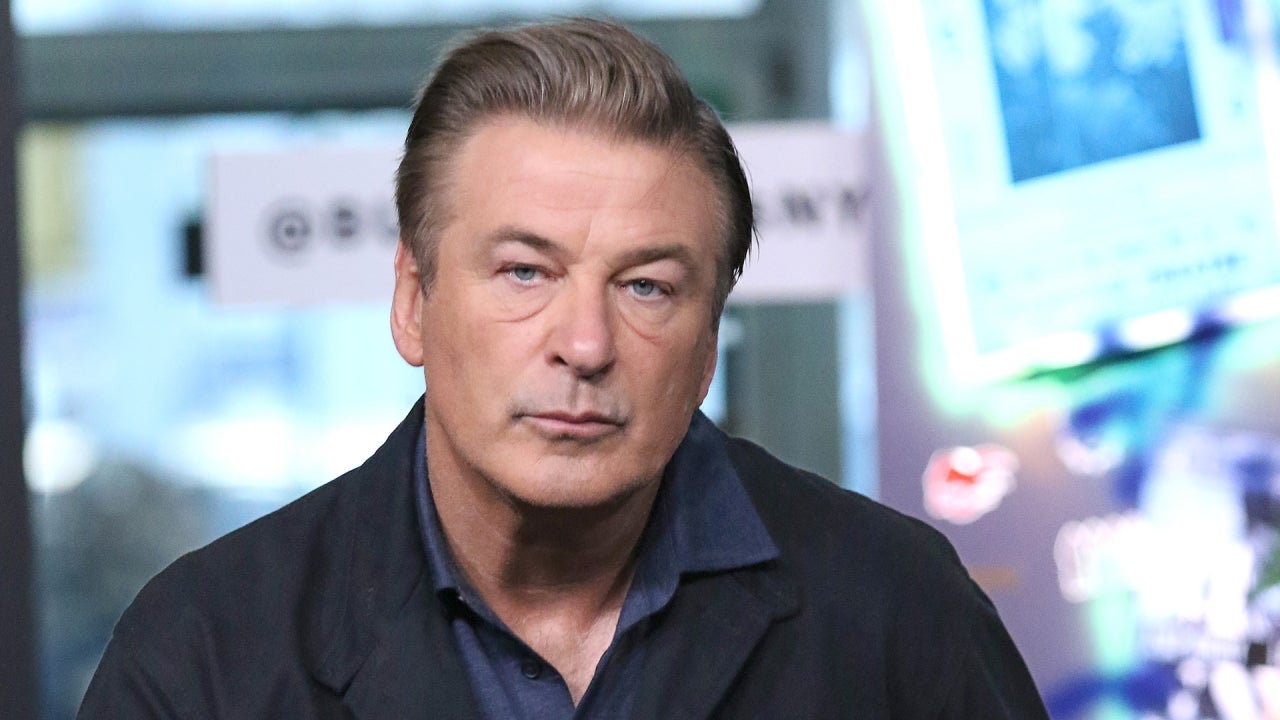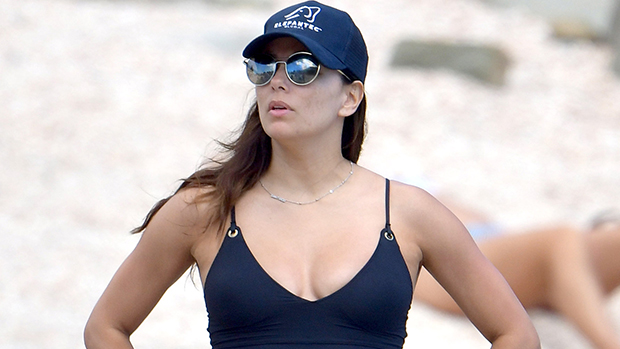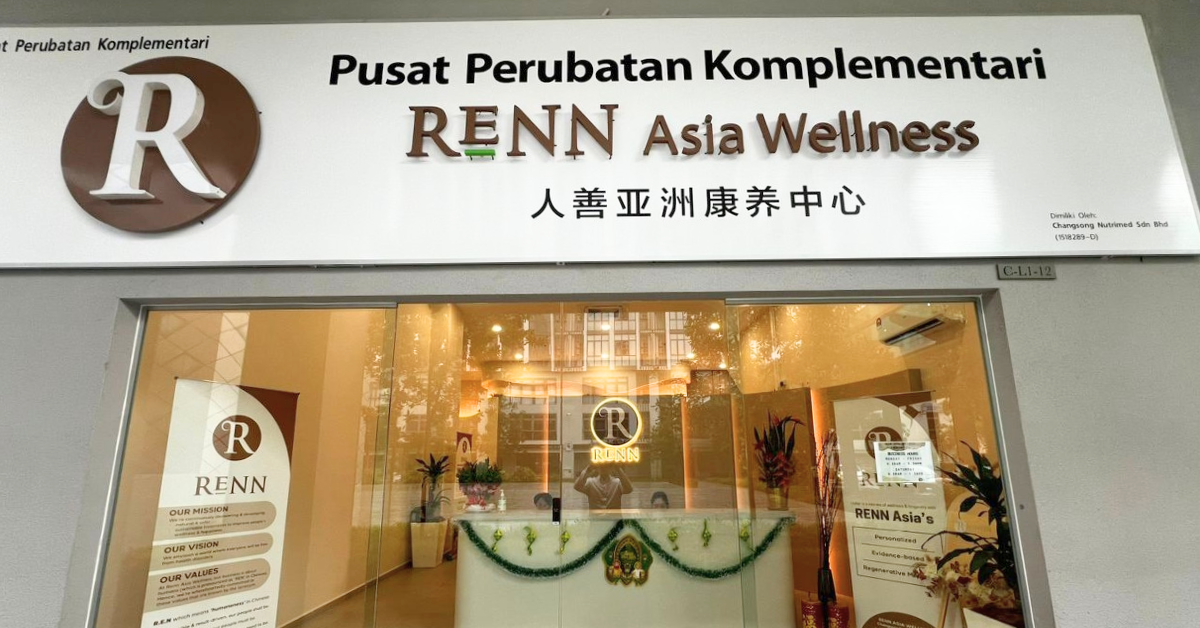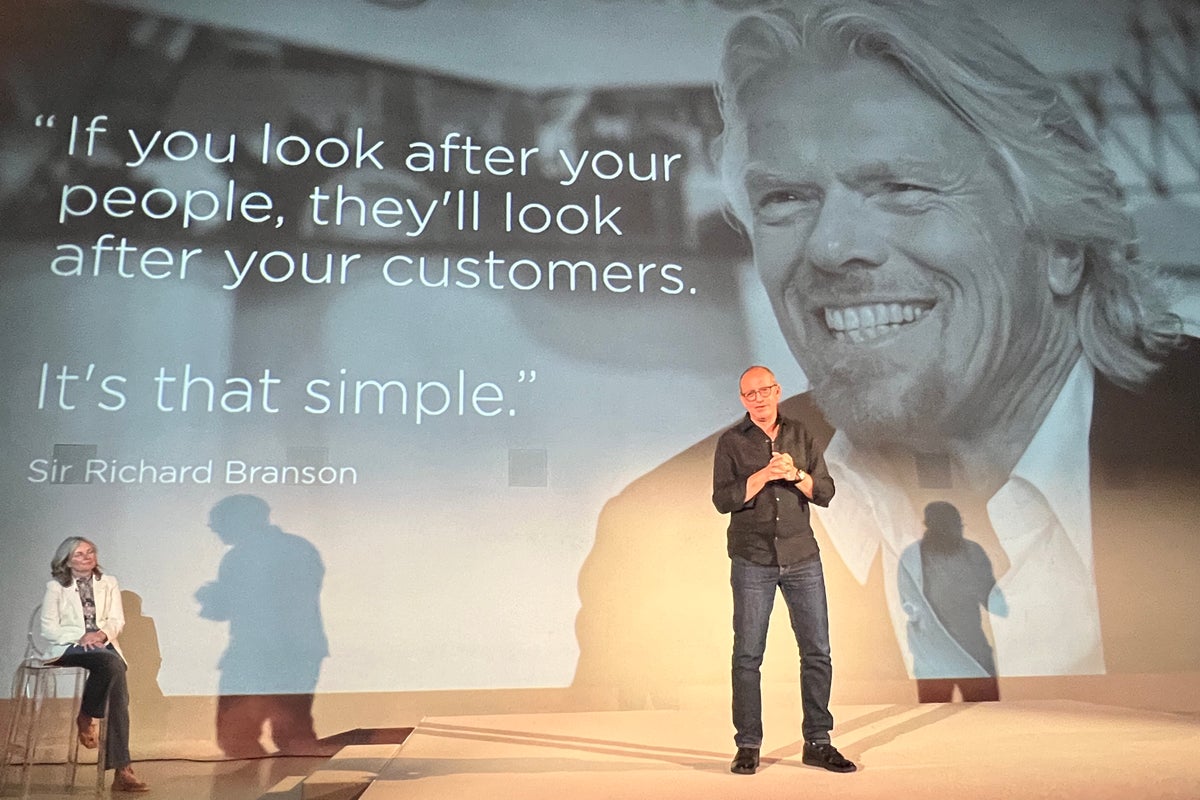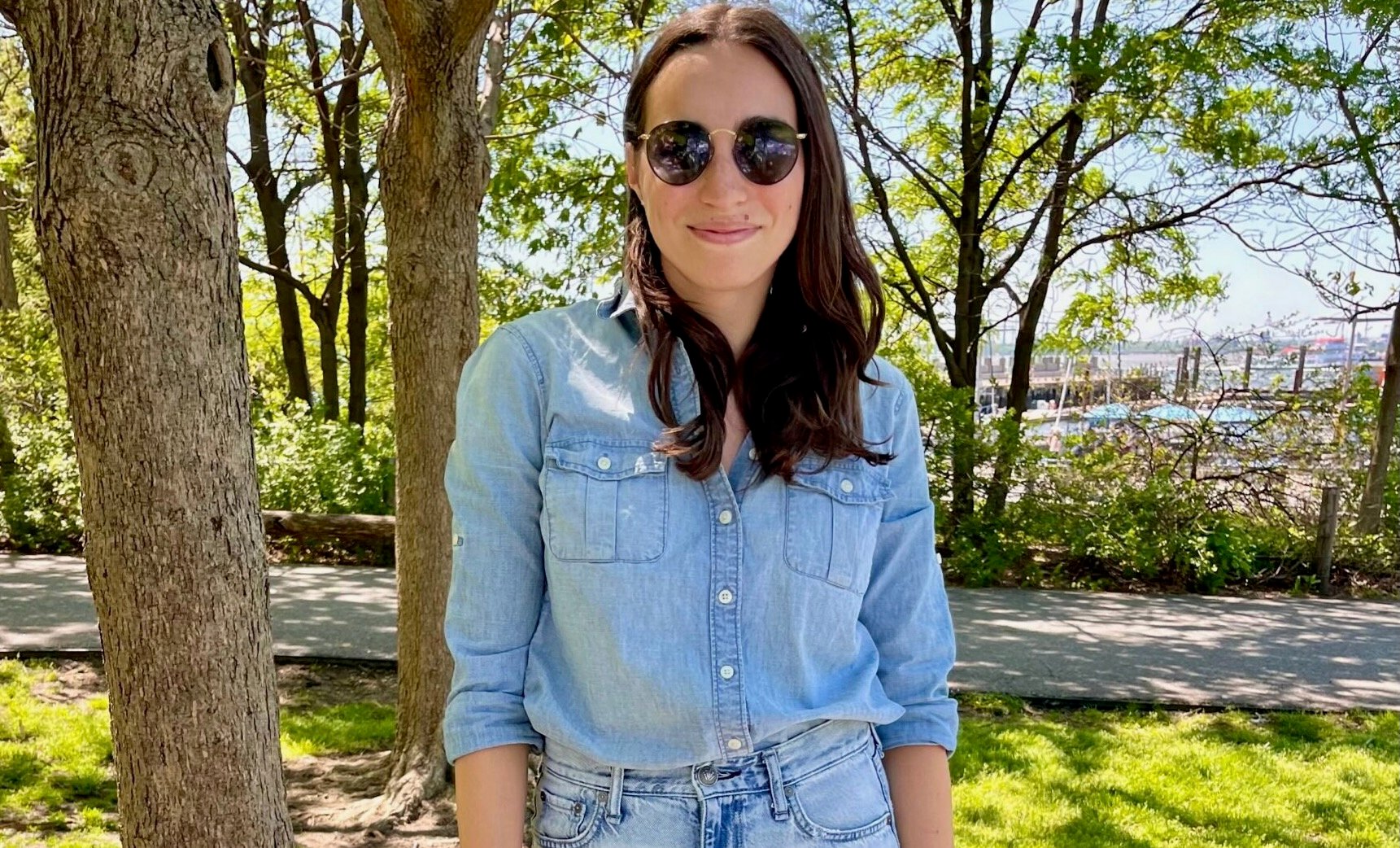Leya Hale on Tackling the Missing and Murdered Indigenous Women Epidemic in “Bring Her Home”
Leya Hale comes from the Sisseton Wahpeton Dakota and Diné Nations. She is a producer for Twin Cities PBS and is best known for her first feature documentary, “The People’s Protectors,” a Vision Maker Media grant production, and winner...
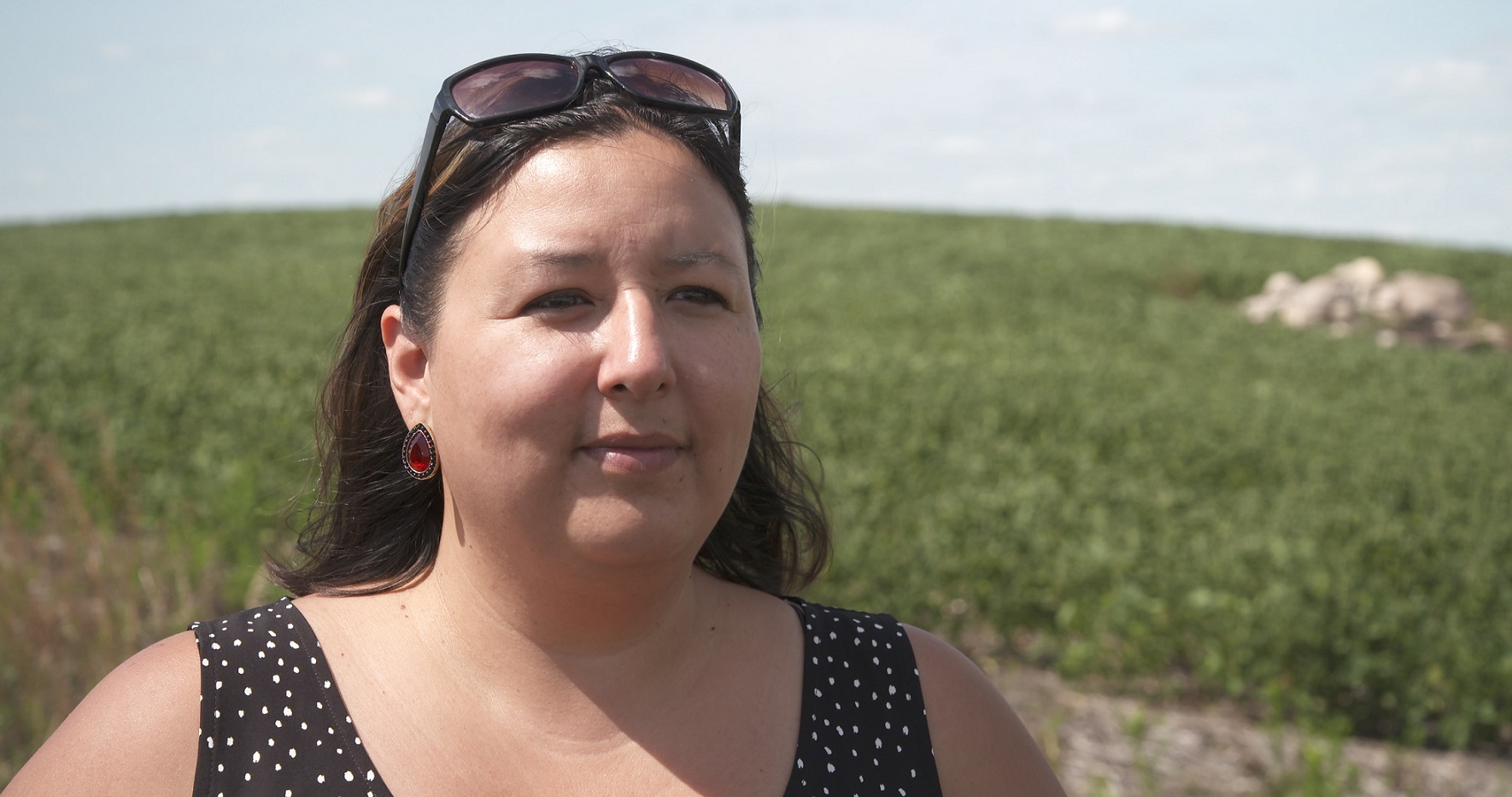
Leya Hale comes from the Sisseton Wahpeton Dakota and Diné Nations. She is a producer for Twin Cities PBS and is best known for her first feature documentary, “The People’s Protectors,” a Vision Maker Media grant production, and winner of the 2019 Upper Midwest Emmy Award for Best Cultural Documentary. In 2020, Hale was awarded the Sundance Institute’s Merata Mita Fellowship for Indigenous Artists and attended the 2020 Berlinale European Film Market as a NATIVe Fellow. When not producing feature films, Leya works on a variety of short form content in efforts to create social change within the upper Midwest region.
“Bring Her Home” will be broadcast locally on Twin Cities PBS (TPT) and nationally on PBS stations, and the film will be available for streaming on tpt.org starting March 21. A virtual discussion about the documentary and the Missing and Murdered Indigenous Women epidemic will take place March 15 from 6:00-7:30 p.m. CDT.
W&H: Describe the film for us in your own words.
LH: “Bring Her Home” tells the story of three Indigenous women fighting to vindicate and honor their relatives who are victims in the growing epidemic of the Missing and Murdered Indigenous Women crisis. Artist Angela Two Stars, activist Mysti Babineau, and State Representative Ruth Buffalo of North Dakota each strive to find healing and hope for themselves and their Native community while navigating the oppressive systems that brought about this very crisis.
W&H: What drew you to this story?
LH: Native women make up less than one percent of the U.S. population yet face murder rates that are more than 10 times the national average. As an Indigenous storyteller with access to a trusted public media platform, I felt a responsibility to leverage this access to help bring further attention to this issue.
Although telling stories of pain and loss can be traumatizing, I have made it my obligation to not only highlight the challenges my people face, but to offer stories of hope, resilience, and healing.
W&H: What do you want people to think about after they watch the film?
LH: Indigenous people continue to suffer from the effects of colonization, systemic oppression, and historical trauma. Many of the issues we face today, such as the Missing and Murdered Indigenous Women epidemic, are a direct result of past U.S. Federal Indian Policies.
As the fight for social justice continues to accelerate in this country, it is important for people to encourage and support Indigenous women leaders who are fighting to bring awareness to this ongoing epidemic while reclaiming Indigenous women’s strength and status.
W&H: What was the biggest challenge in making the film?
LH: “Bring Her Home” launched production in February 2020, but due to the COVID-19 pandemic, we had to halt production for six months. Once resumed, our production crew was very limited, causing some challenges in executing our original vision. Adapting to the current circumstances while maintaining safe in-person interactions with the cast was sometimes challenging.
W&H: How did you get your film funded? Share some insights into how you got the film made.
LH: “Bring Her Home” is a co-production of Twin Cities PBS and Vision Maker Media (VMM). VMM is the premiere source of public media by and about Native Americans. They work with VMM-funded producers to develop, produce, and distribute programs for all public media.
Our major funder is from the Minnesota Legacy Arts and Cultural Heritage Fund, with additional funding provided by the HRK Foundation, Sundance Institute Indigenous Program’s Merata Mita Fellowship for Indigenous Artists, Bewilder Films, and the Women’s Foundation of Minnesota.
W&H: What inspired you to become a filmmaker?
LH: Growing up in the Los Angeles area, home to the largest off-reservation Native population, the lack of Native representation in Hollywood impacted my self-confidence as a youth.
I come from the Sisseton Wahpeton Dakota and Diné Nations. Despite living far from my ancestral homelands, my family raised me with a strong sense of cultural identity, and it was learning from their traditional knowledge, stories, songs, and dances where I discovered my passion for storytelling.
W&H: What’s the best and worst advice you’ve received?
LH: The best advice I’ve received regarding story structure is that there’s no difference between fiction and non-fiction storytelling. Regardless of style, each form is telling an emotional journey with a story arc, so the same story structure techniques can be applied to both forms.
The worst advice I’ve received is that documentaries need to always include voice narration, and it’s best to make content palatable for all audiences.
W&H: What advice do you have for other women directors?
LH: My advice to fellow up-and-coming women directors is to study past and present women directors. Whether that be mainstream or local directors, it’s good to find role models to learn from their work and journeys.
W&H: Name your favorite woman-directed film and why.
LH: One of my favorite woman-directed films is “13th” by Ava DuVernay. I love her use of archival footage and its juxtaposition linking past historical racial inequalities to the on-going mistreatment of her people. I often do the same in my films, so I find such inspiration from her methods.
W&H: How are you adjusting to life during the COVID-19 pandemic? Are you keeping creative, and if so, how?
LH: As a documentary producer and director with three children under the age of 10, I was fortunate to work remotely while being close to my children on a daily basis during the COVID-19 pandemic. To keep my creativity flowing with limited in-person interactions with my production team, my substitution was listening to many filmmaking podcasts. I had the time to study my favorite film directors and editors by listening to hundreds of YouTube interviews, all while taking family walks and watching my children play on playgrounds.
W&H: The film industry has a long history of underrepresenting people of color onscreen and behind the scenes and reinforcing — and creating — negative stereotypes. What actions do you think need to be taken to make it more inclusive?
LH: In an industry where BIPOC stories are often told by white men, I think it’s necessary to assemble a production team that reflects the stories being told. I don’t believe it’s good enough to only hire BIPOC individuals as “consultants.” If you are telling BIPOC stories, then it is critical to recruit and hire “above the line” BIPOC content makers in key creative roles. Only then, films about and for BIPOC communities will be nuanced and authentic.

 Lynk
Lynk 







